
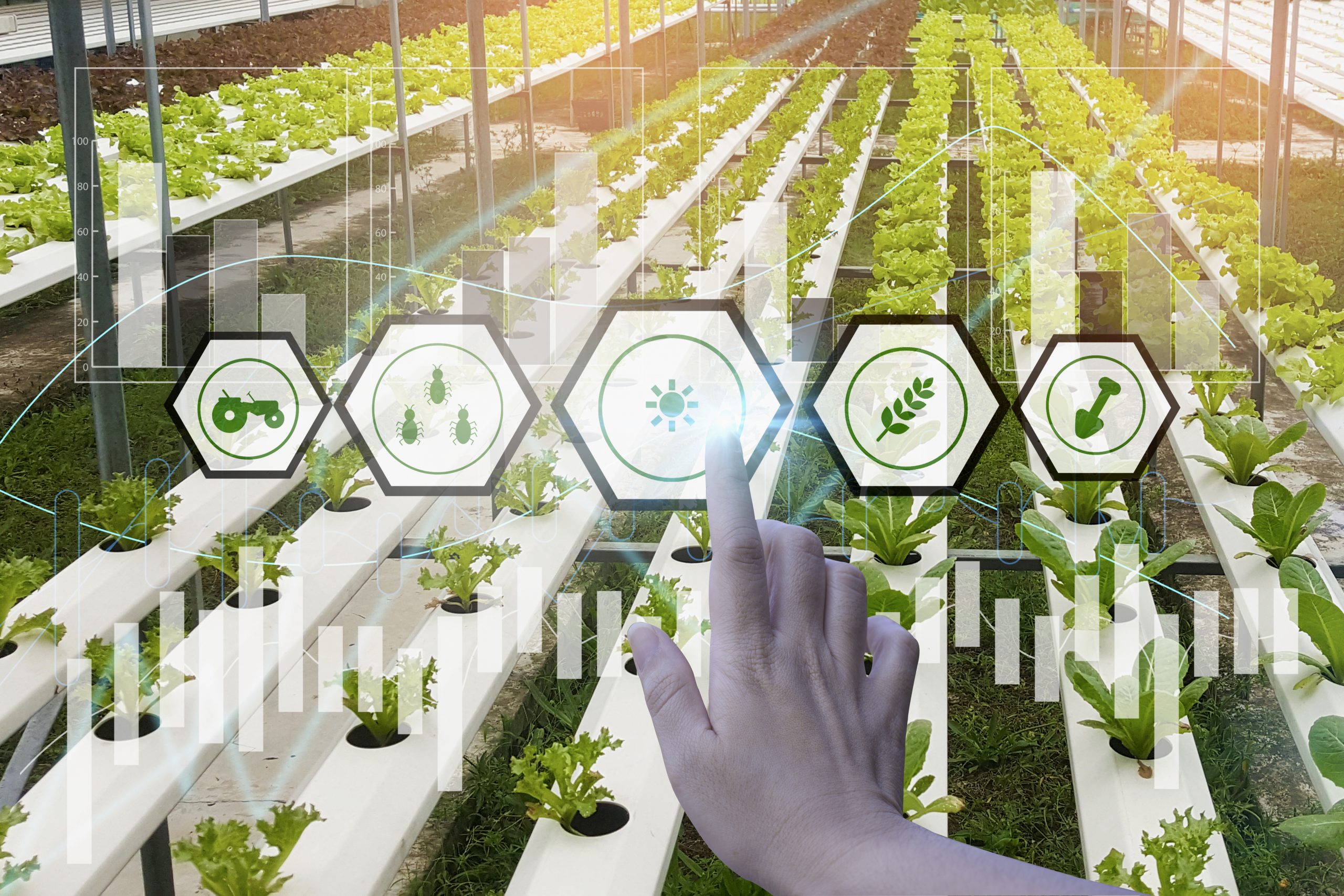
Sustainability is at the core of controlled environment agriculture. Advancements in vertical farming methods and hydroponics have reduced the environmental impact of indoor farms by utilising less land area and minimising water use, all while ensuring successful, thriving businesses. Intelligent sensors can command, control and monitor crop environments in real-time, increasing productivity and efficiency. Controlled growing environments limit instances of crop disease and pests, reducing the need for harsh chemicals.

Within vertical farms, crops can be grown indoors in stacked shelves under controlled conditions. The producer can maintain optimal growing environments by determining factors such as temperature, light, water and nutrient availability. This system allows crops to be grown all year round and takes advantage of smaller areas of land while utilising fewer inputs and reducing instances of disease.

Smart sensors can be deployed in vertical farms to independently monitor growing conditions for crops. The sensors intelligently interpret environmental data from controlled growing environments to automatically command inputs such as light and temperature through applied machine learning platforms. This enables plant health to be analysed and maintained in real-time for faster growth and higher yields.
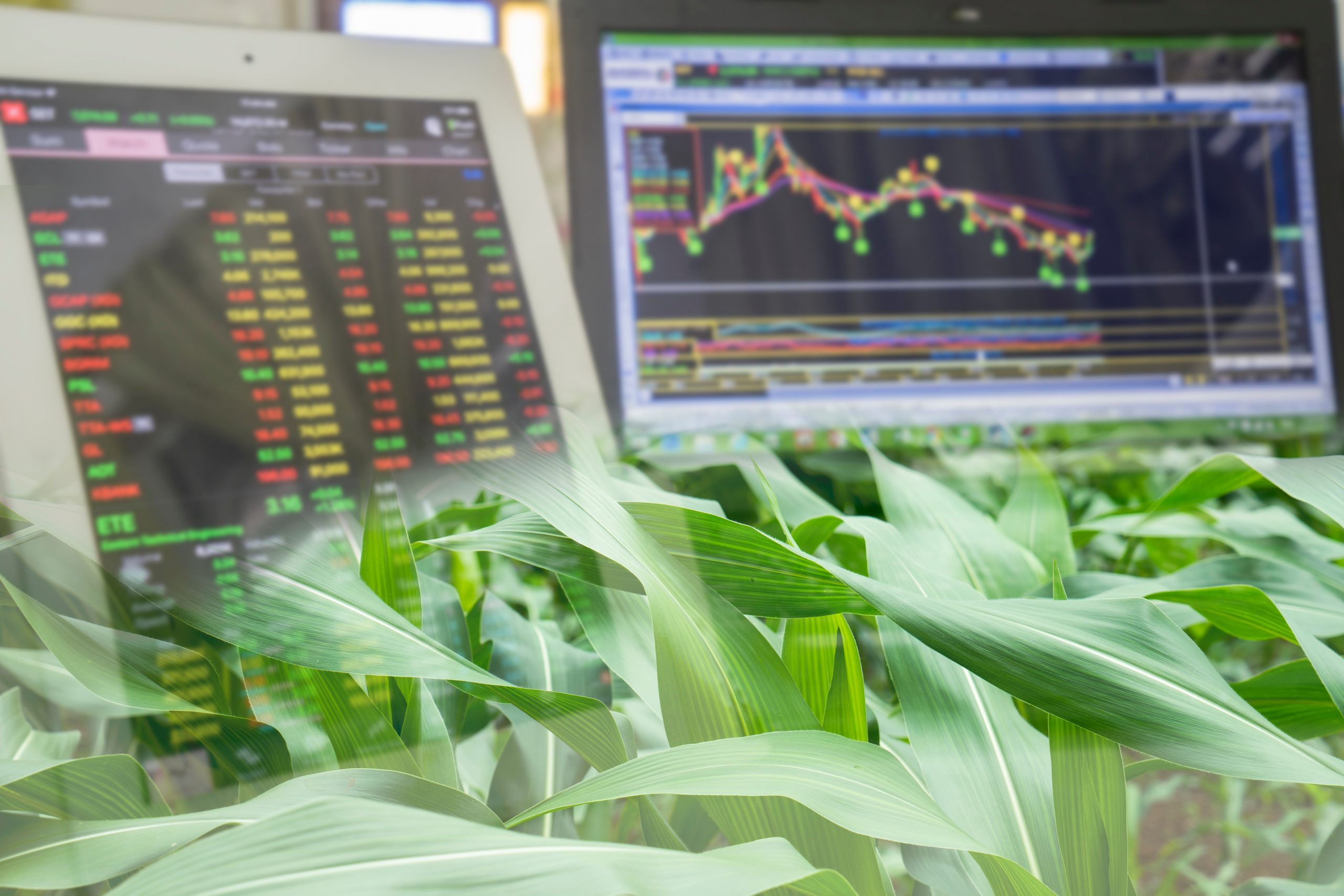
IoT sensor technology enables the real-time monitoring of crop health and growing conditions. Sensors can monitor parameters such as temperature, humidity and light, while commands can be sent from machine learning platforms to maintain and control growing environments accurately. Commands operate automatically and take seconds to implement, ensuring that crops are continually growing in optimal conditions.
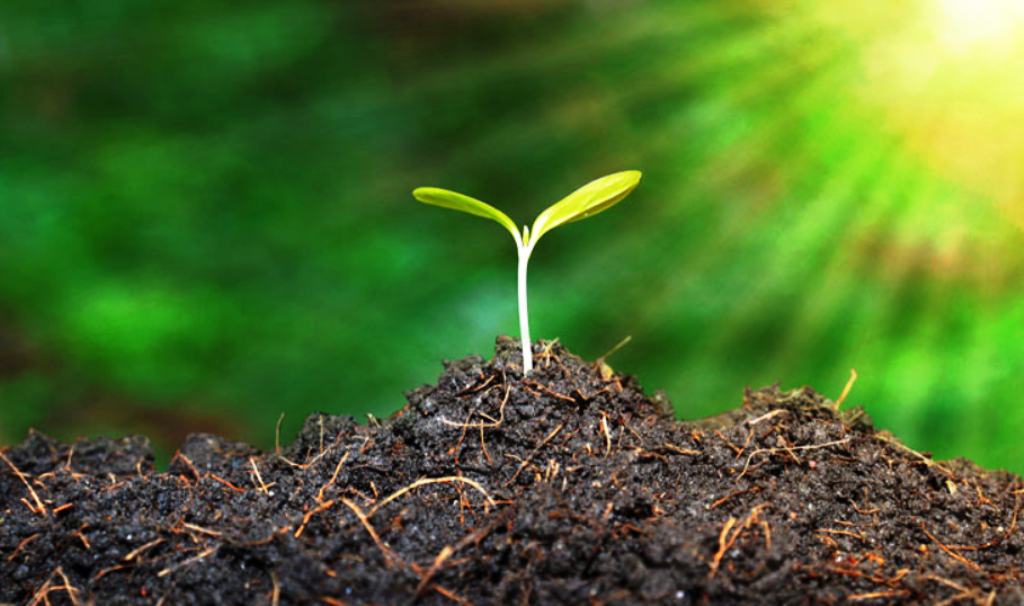
Hydroponic conditions enable crops to be grown without soil and within nutrient-rich water. Growing plants under these conditions improves the use of resources, with a significant reduction in water use compared to conventional field grown crops. Higher yields, faster growth rates and reduced need for space are just some of the other benefits from choosing hydroponic environments.
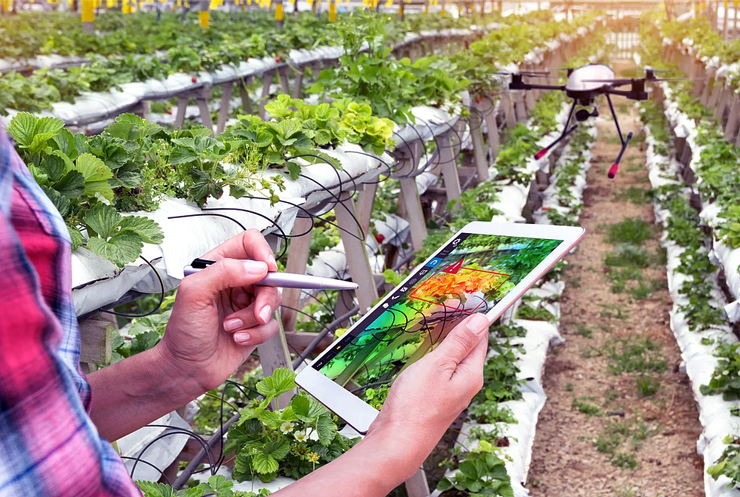
Disease incidences are significantly reduced in controlled growing environments, enabling producers to safeguard yields and limit the need for harsh chemicals. Sensor deployment within a growing environment enables monitoring and analysis of plant health to maintain optimal conditions. Combined with machine learning, intelligent sensors can alert and control conditions to prevent diseases from establishing.
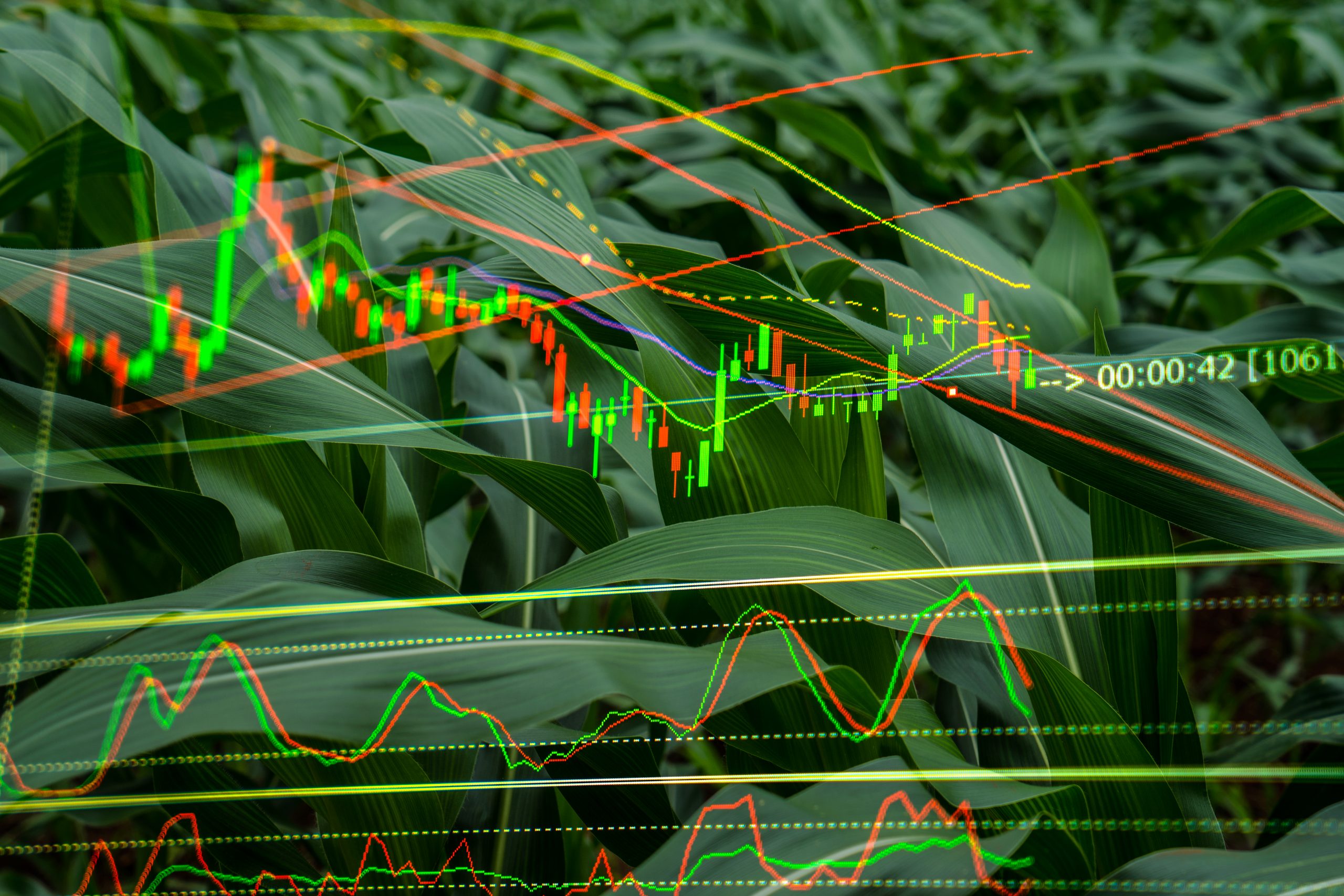
Higher yields can be achieved through maintaining optimal growing conditions with constant monitoring alongside fast control and command modifications in real-time. Plant health can be analysed, reducing time taken to diagnose potential disease or pest outbreaks and enabling strong, high-yielding crops to be grown. Utilising less land area, controlled environments use fewer resources, improving production efficiency.
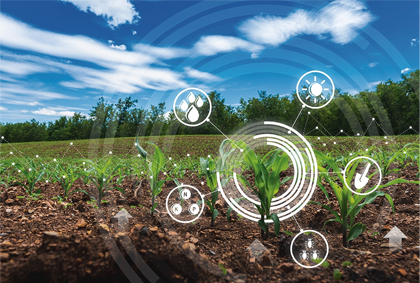
Controlled environments enable efficient production through the reduced use of key resources such as water, harsh chemicals and fertilisers as well as making effective use of land. This type of system lessens environmental impacts and improves both environmental and farm business sustainability. Higher yield at harvest and reduced resource costs contribute to enhanced business viability and productivity.